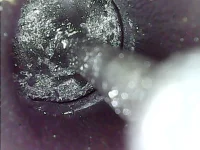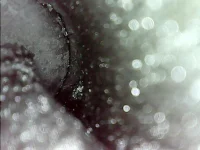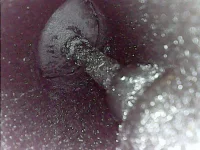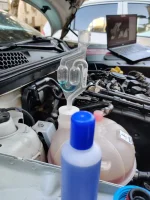Hi guys,
What do you think regarding this idea? From my understanding, it has plenty of PEA, it's pretty aggressive. Should It be safe If I change my oil after the treatment?
Also, it's my first message here, I been lurking here for a while, but finally decided to join to this amazing place
Some Background:
I have Alfa Romeo Giulietta QV with 1.75TBi 4 cyl engine, with 180,000 km on it. Bought it with 158,000 on the odometer.
Done compression check last week:
Dry Results: 148-120-135-150 psi. The wet compression result of both middle cylinders resulted in 150 psi in each cylinder.
Previously, tried adding some restore engine oil additive with no results.
Currently, I have two bottles of AutoRX inside my oil for the last 2,500 km. The oil used is Motul X-clean 5w40.
After doing the wet compression and riding the car hard (as always), I had the third cylinder compression going from 125 to the 135 psi mark, I suspect It had a stuck ring.
This made me think that the piston in the second cylinder might have a stuck ring, and a piston soak may do something good.
Last 20,000 I had changed the oil each 4,000 km to remove previous sludge that might be built by previous owners (oil has been changed each 10-15k km by previous owners).
I'm still waiting for the b12 chemtool to arrive from the US, but thinking maybe to give the CRC a try as a piston soak, if it's safe. Could not find any information on the Internet thought.
Forgot to mention that the engine revs pretty well, with plenty of power. Also, I haven't done any engine flush yet.
What would be your next step?
What do you think regarding this idea? From my understanding, it has plenty of PEA, it's pretty aggressive. Should It be safe If I change my oil after the treatment?
Also, it's my first message here, I been lurking here for a while, but finally decided to join to this amazing place
Some Background:
I have Alfa Romeo Giulietta QV with 1.75TBi 4 cyl engine, with 180,000 km on it. Bought it with 158,000 on the odometer.
Done compression check last week:
Dry Results: 148-120-135-150 psi. The wet compression result of both middle cylinders resulted in 150 psi in each cylinder.
Previously, tried adding some restore engine oil additive with no results.
Currently, I have two bottles of AutoRX inside my oil for the last 2,500 km. The oil used is Motul X-clean 5w40.
After doing the wet compression and riding the car hard (as always), I had the third cylinder compression going from 125 to the 135 psi mark, I suspect It had a stuck ring.
This made me think that the piston in the second cylinder might have a stuck ring, and a piston soak may do something good.
Last 20,000 I had changed the oil each 4,000 km to remove previous sludge that might be built by previous owners (oil has been changed each 10-15k km by previous owners).
I'm still waiting for the b12 chemtool to arrive from the US, but thinking maybe to give the CRC a try as a piston soak, if it's safe. Could not find any information on the Internet thought.
Forgot to mention that the engine revs pretty well, with plenty of power. Also, I haven't done any engine flush yet.
What would be your next step?
Last edited:






